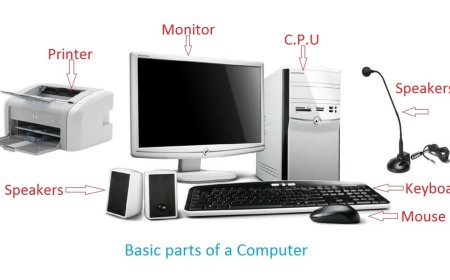What Every Trader Should Know About Margin and Index Exposure

Margin can be a powerful tool in trading, but it can also become a double-edged sword when not managed correctly. For traders working with index positions, margin requirements play a huge role in determining position size, risk levels, and account health. Whether you are using leverage to hold positions in the S&P 500, Nasdaq, or other benchmarks, understanding how margin works is essential for success in indices trading.
Margin refers to the capital required by your broker to open and maintain a leveraged trade. In the context of index positions, this means you can control a larger position with a smaller upfront amount. While this can amplify gains, it also increases the potential for loss, especially if market conditions turn against you quickly.
Margin Requirements Are Not Fixed
One of the biggest misconceptions is that margin requirements stay the same. In reality, brokers can adjust these requirements based on volatility, news events, or overall market risk. During periods of high uncertainty, such as a major central bank decision or geopolitical crisis, brokers often raise the required margin. This means traders may need more funds to maintain their current positions or risk forced liquidation. In indices trading, staying ahead of these changes is vital for protecting your portfolio.
Impact on Position Sizing and Flexibility
Margin directly affects how much exposure you can take. Higher requirements mean smaller positions unless additional funds are added. For traders managing multiple positions across different indices, margin can become a limiting factor. If too much capital is tied up, it reduces the flexibility to respond to new opportunities. Those active in indices trading must consider margin availability as part of their overall strategy.
Margin Calls Can Lead to Unplanned Exits
If your account value falls below the maintenance margin level, you may receive a margin call. This forces you to either deposit more funds or close out positions to meet the required balance. In fast-moving markets, this can lead to rushed decisions and significant losses. Index positions, especially when held overnight, are vulnerable to sharp moves that trigger these calls. Traders involved in indices trading need to have clear risk controls in place to avoid being caught off guard.
The Relationship Between Volatility and Margin
Volatility and margin go hand in hand. As markets become more unpredictable, the capital needed to hold positions increases. For example, if the S&P 500 starts swinging several percent in a single day, brokers respond by raising the margin needed to protect themselves from excessive risk. For indices trading, this means that traders should scale back during highly volatile periods or adjust their strategy to remain within safer bounds.
Building a Margin-Conscious Strategy
The most successful index traders treat margin as more than just a technical requirement. They use it as a risk management tool. This includes monitoring margin usage regularly, avoiding overleveraging, and maintaining a buffer in the account to absorb unexpected shifts. In indices trading, thinking ahead about margin can prevent forced exits, missed opportunities, and emotional mistakes.
Margin has the power to boost your returns or shrink your account. Used responsibly, it becomes a valuable part of your trading plan. Ignored, it can quickly become a source of stress. With proper planning and awareness, you can make margin work for you instead of against you.






























